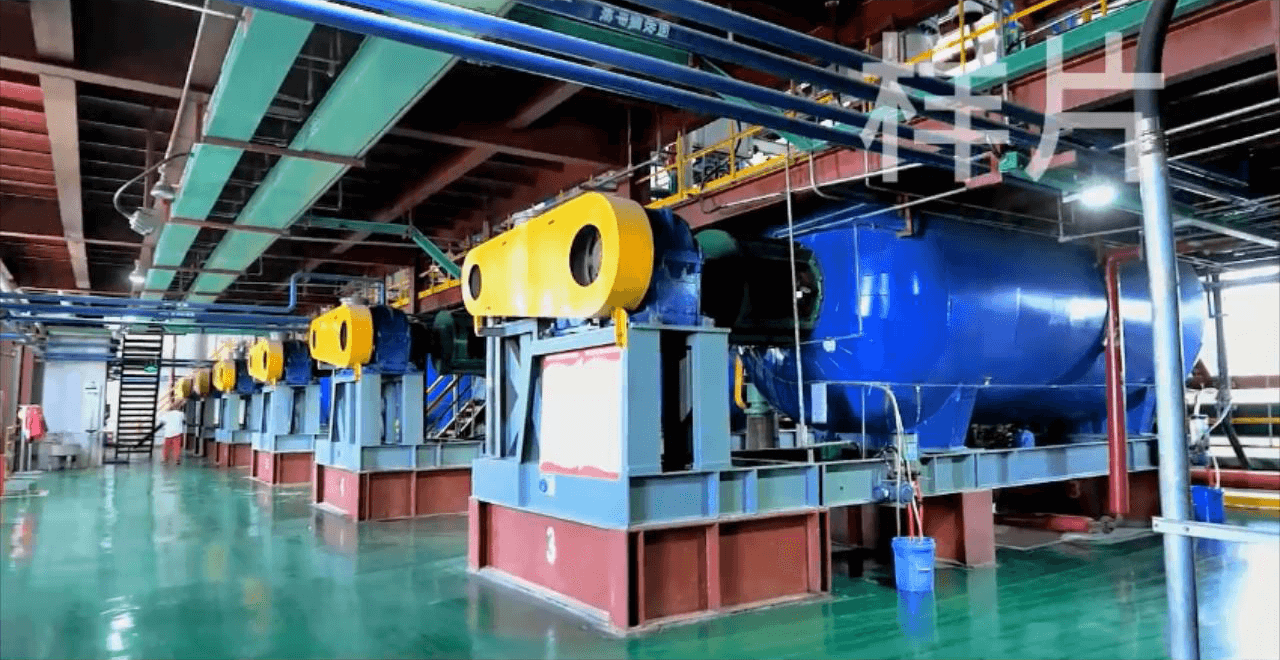
јул . 27, 2024 11:02 Back to list
Investigation of HPMC Gelation Temperature and Its Effects on Gel Properties and Applications
Understanding HPMC Gelation Temperature A Comprehensive Overview
Hydroxypropyl Methylcellulose (HPMC) is a widely used polymer, particularly in pharmaceutical, food, and cosmetic industries. One of the critical properties of HPMC is its gelation temperature, which is a crucial factor in its application and performance. Gelation temperature refers to the temperature at which a solution transforms from a sol (liquid) state to a gel (solid-like) state. This phenomenon has significant implications for formulations, product stability, and user experience.
The Nature of HPMC
HPMC is a non-ionic, cellulose-derived polymer characterized by its water solubility and ability to form gels under specific conditions. The degree of substitution of hydroxypropyl and methyl groups determines the solubility and gelation behavior of HPMC. Different grades of HPMC exhibit varying gelation temperatures, which can be influenced by factors such as concentration, pH, and the presence of salts or other additives.
Significance of Gelation Temperature
The gelation temperature of HPMC is pivotal for its applications. In pharmaceutical formulations, HPMC is used as a thickening agent, controlled-release agent, and stabilizer. A precise gelation temperature ensures that the polymer maintains its desired viscosity and consistency, which is critical for drug delivery systems. For instance, in oral drug formulations, HPMC can form a gel in the gastrointestinal tract, allowing for sustained release of the active ingredient.
In the food industry, HPMC is often employed as a texturizer and stabilizer in sauces, bakery products, and dairy items. The gelation temperature influences the mouthfeel and overall texture of food products. Understanding and controlling this parameter can lead to improved product quality and consumer satisfaction.
Factors Affecting Gelation Temperature
hpmc gelation temperature

The gelation behavior of HPMC is influenced by various factors, including
1. Concentration Higher concentrations of HPMC typically lead to increased gelation temperatures. This is due to the higher interaction and entanglement of polymer chains at elevated concentrations, which enhances gel strength.
2. pH The pH of the solution can alter the ionization state of HPMC and, subsequently, its gelation properties. For example, adjusting the pH can optimize the solubility and viscosity, which directly affects the gelation temperature.
3. Ionic Strength The presence of salts can modify the hydration and the interactions between HPMC molecules. The addition of certain salts may lower the gelation temperature, promoting gel formation at lower thermal conditions.
Measuring Gelation Temperature
Determining the gelation temperature of HPMC can be accomplished through various methods, such as rheometry, differential scanning calorimetry (DSC), and visual observation. Rheological measurements can provide insights into the viscous and elastic properties of HPMC solutions as they are heated. In contrast, DSC can quantitatively assess thermal transitions, offering precise data regarding the gelation temperature.
Conclusion
In conclusion, the gelation temperature of Hydroxypropyl Methylcellulose is a critical parameter that impacts its functionality in various applications. Understanding the factors that influence this property allows formulators to optimize HPMC-based products for better performance and stability. As demand for versatile and effective products continues to grow across multiple industries, mastering the science of HPMC gelation will remain an essential aspect for researchers and manufacturers alike. The ongoing study of HPMC and its gelation behavior will undoubtedly lead to innovative solutions that meet the evolving needs of consumers and industries worldwide.
-
Unlocking the Benefits of HPMC Products: A Gateway to Versatile Applications
NewsAug.07,2025
-
Unleashing the Potential of HPMC Ashland: A Comprehensive Look
NewsAug.07,2025
-
Tile Bonding Cellulose: The Key to Superior Adhesion and Durability
NewsAug.07,2025
-
Hydroxypropyl Methylcellulose Powder: The Versatile Component in Modern Pharmaceuticals
NewsAug.07,2025
-
Hydroxyethyl Cellulose: The Versatile Solution for Various Industries
NewsAug.07,2025
-
Hydroxyethyl Cellulose (HEC): The Versatile Polymer for Various Applications
NewsAug.07,2025







